FAQ
- STERILISATION options
Ethanol spray
(ideal concentration of 70-75%) on both sides; it can be sterilised by lightly spraying without drenching and allowing to dry, max. 5 cycles.
We recommend SPURTEX® Unisanol disinfection, which was developed in cooperation with Tomas Bata University in Zlín and is tested directly on our products.
- Filtration efficiency
Nano respirator SPURTEX® V100 FFP2 NR CE
This respirator meets material requirements pursuant to European standard EN 149:2001+A1: 2009, divided into classes FFP1, FFP2, FFP3 according to the measured filtration efficiency.
The SPURTEX® V100 FFP2 NR CE nano respirator has a filtration efficiency of 98.5% for a 360nm salt aerosol. The EN149 standard stipulates 94% for FFP2, so our respirator is closer to FFP3 values, where 99% filtration efficiency is required. The respirator is also very effective thanks to its nanofiber membrane, which effectively captures ultrafine 80-150 nm particles (i.e. the size of the coronavirus). Thanks to its mechanical capture of particles, the filtration does not wear out over time like conventional FFP2 and KN95 respirators.
Nano face mask SPURTEX® PP Standard
This PP face mask is manufactured in automated production, and the nanofiber is applied on polypropylene. This face mask has four layers and it meets the requirements of EN 14683:2019+AC:2019 as a type 2 face mask, i.e. with over 98% bacteria capture (BFE); the PP face mask specifically captures 99.73% of bacteria. The nanofiber membrane makes both sides of our face mask protective, which is not the case with conventional surgical or cotton face masks.
SPURTEX® VS Premium nano face mask
In the VS face mask, the nanofiber is applied on viscose, which is more pleasant on the face (natural material); it is sewn in Czech sewing workshops. Pursuant to EN 14683:2019+AC:2019, the VS face mask is categorised as a type 1 mask with over 95% bacteria capture. In dTest it was ranked the best face mask on the market in terms of efficiency/breathability.
-
What is the difference between a respirator and a face mask?
All our products have highly effective SPURTEX® filtration nanomaterial that effectively captures virus-sized particles. Face masks have similar useful properties as respirators, but respirators provide a higher degree of protection. Respirators are better designed to prevent air leakage, so you breathe through a filter.
- What's the difference between a VS Premium and PP Standard face mask?
The SPURTEX® VS Premium nano face mask consists of 3 layers: two carrying viscose layers and one nanofiber membrane. The face masks are hand sewn in Czech sewing workshops. Viscose makes them more comfortable to wear.
They have a filtration efficiency (BFE) of 95%.
The SPURTEX® PP Standard nano face mask has 5 layers and is manufactured in automated production; it contains polypropylene.
It has a filtration efficiency (BFE) of 99.73%.
- What's the difference between nano products and conventional face masks?
Face masks and respirators that use nanofibers as filtration material capture particles mechanically. This means their filtration efficiency remains the same when they are worn for a long time and when they become moist from breathing. Compared to conventional products, our NANO products are highly breathable in addition to providing high filtration efficiency.
Face masks and respirators that use a different filtration material, such as meltblown fabric, use an electrically charged material that loses its effectiveness over time.





